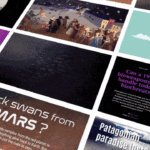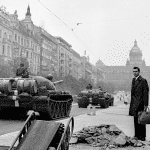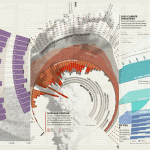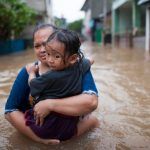Crowdsourcing the environment of Fukushima and beyond
By Alex Hearn | July 29, 2016
Pokemon Go players aren’t the only ones getting attention for carrying their devices around Fukushima. Safecast, started shortly after the Fukushima Daiichi disaster by expatriates in Japan and tech experts in America, teaches civilians how to build network-enabled Geiger counters. The group collects the resulting radiation readings and posts detailed maps of the data on their website. In its five years of existence, Safecast has collected 50 million readings as a prominent member of the growing “citizen science” movement that aims to put detection tools in the hands of people outside the government for the purpose of public enlightenment. While Japan is the hub of the Safecast operation and where the majority of radiation readings are taken, measurements come in from around the world. The group, which The Bulletin has explored before, is also expanding to crowdsource other data on water and air quality.
Publication Name: Los Angeles Times
To read what we're reading, click here
Together, we make the world safer.
The Bulletin elevates expert voices above the noise. But as an independent nonprofit organization, our operations depend on the support of readers like you. Help us continue to deliver quality journalism that holds leaders accountable. Your support of our work at any level is important. In return, we promise our coverage will be understandable, influential, vigilant, solution-oriented, and fair-minded. Together we can make a difference.
Topics: What We’re Reading














